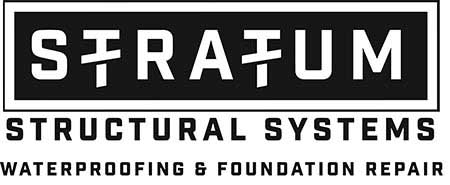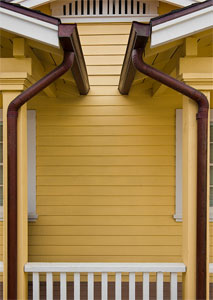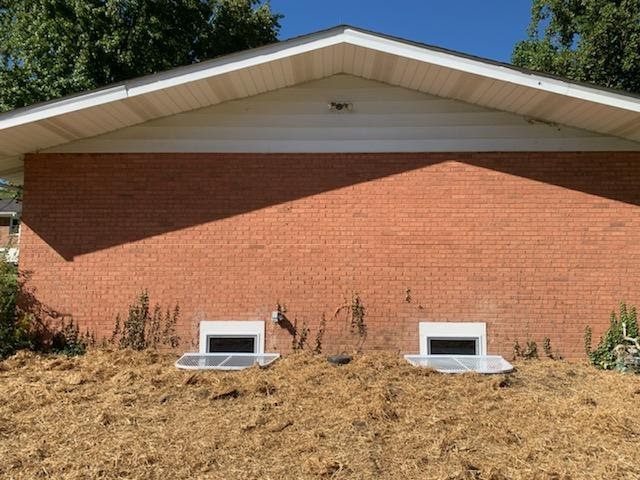Why Is My Drywall Cracking?

Noticing cracks in your drywall can be both concerning and frustrating, especially for homeowners in St. Louis who take pride in maintaining their homes. These cracks can appear for a variety of reasons, from normal settling to more serious structural issues. Understanding the causes and implications of drywall cracking is essential for ensuring the safety and integrity of your living space.
What Are the Common Causes of Drywall Cracking?
Drywall cracks in St. Louis are often the result of several common factors that homeowners should know about. One of the primary causes of drywall cracks is the region’s significant temperature and humidity fluctuations.
These seasonal changes can lead to the expansion and contraction of building materials. As the drywall expands in humid conditions and contracts in drier periods, stress points can develop. Eventually, they result in visible cracks.
Additionally, the clay-rich soils prevalent in the St. Louis area are prone to swelling and shrinking with moisture changes. These fluctuations can ultimately cause foundation movement that stresses the drywall above.
Another major contributor to drywall cracking is the natural settling of buildings over time. Houses gradually adjust due to their own weight and the soil beneath them.
These tiny movements can result in tension in the drywall, leading to cracks. Drywall cracks caused by house settling are especially common around doors and window frames.
How Can I Tell the Difference Between Minor and Serious Drywall Cracks?
Minor drywall cracks are typically hairline fractures less than 1/16 inch wide that run vertically or horizontally. These types of cracks in drywall are usually cosmetic.
They often appear in stress points like corners or seams due to normal settling, temperature changes, or humidity fluctuations. Minor cracks in drywall are usually easy to repair. All you need is some spackling compound and paint.
Serious cracks, however, will probably require a professional touch. These types of cracks tend to be over 1/8 inch wide. They run diagonally or have a “stair-step” pattern.
The appearance of diagonal or stair-step cracks may indicate structural issues, such as foundation problems or significant settling.
Other red flags include cracks that are wider at one end, accompanied by a bulging wall. These signs suggest possible structural weakness or failure in the building.
They could indicate serious underlying issues that increase the risk of compromising safety. Any cracks exhibiting these characteristics should be evaluated by a structural engineer in St. Louis promptly.
What Do I Do If I Notice Cracks In Drywall?
If you notice cracks in your drywall, it’s important to address them as soon as possible, even minor cracks. The longer a crack remains without maintenance, the more likely it is to grow, which can then present a much larger problem.
You might be able to repair minor hairline cracks yourself using joint compound and drywall tape. Start by widening the crack slightly with a utility knife, then apply self-adhesive mesh tape over it.
Cover the tape with joint compound. Feather it out to blend with the surrounding wall. After it dries, sand the area smooth. Apply additional thin coats as needed. For best results, use a flexible crack repair tape designed to prevent the crack from reappearing.
While some minor cracks can be fixed with DIY repair, you may still want to consider consulting a professional. They can properly assess if the crack is indeed minor, as well as look out for other potential risks of structural problems.
For cracks wider than 1/4 inch or those that keep recurring, you will probably need to take more extensive measures. Wide cracks or diagonal cracks could indicate structural issues. If you notice these types of cracks forming, contact a professional for an evaluation.
Generally, you have several months to a year before minor cracks may escalate to more serious problems. However, once cracks become severe or widespread, it’s crucial to address them immediately to prevent further damage to your home’s structure.
Are New Homes At A Higher Risk of Drywall Cracking?
Newly built homes are at a higher risk of drywall cracking, particularly during their first year. Drywall cracks in new homes tend to happen due to the settling process that occurs during its first year.
During this time, the house adjusts to its foundation. Also, the materials used in construction dry out and contract. These subtle movements can result in hairline cracks, especially in corners and along wall and ceiling joints where different materials meet.
While some degree of drywall cracking is considered normal and even expected in new homes, the extent and severity of the cracks can vary. However, it’s important for homeowners to monitor these cracks to determine if they appear to be worsening or expanding beyond hairline width. These signs could potentially indicate more serious structural issues.
How Can I Prevent Drywall Cracks In My Home?
Preventing drywall cracks begins at installation. It’s crucial to apply joint compound evenly and allow sufficient drying time between coats. Properly taping and finishing the seams can also help create a smooth surface that is less prone to cracking.
You must solve any problems before they start. Conducting regular inspections during the construction process can catch any potential issues early. This type of due diligence allows for timely corrections that can prevent future problems.
Professional drywall installers in St. Louis use high-quality materials, ensure the drywall is installed correctly, and employ the appropriate fasteners and spacing for the job.
After installation, maintain stable humidity levels within your home. Fluctuations in humidity can cause materials to expand and contract. These rapid changes can lead to stress on the drywall and subsequent cracking.
Use a dehumidifier or humidifier as needed. These appliances can help regulate moisture levels, particularly in areas prone to high humidity, such as basements or bathrooms.
Regularly inspect your home. Assess it for signs of foundation movement, such as uneven floors or gaps around windows and doors.
If you detect signs of movement, try to address the underlying issues promptly. Consider potential causes of such drastic shifts, such as drainage problems or soil erosion.
Improper maintenance or failure to address these issues may cause further damage. Contact a professional for structural repairs in St. Louis to address these issues immediately.
Where to Get Drywall Crack Repair in St. Louis?
In need of repairing drywall cracks in St. Louis? Contact our team at Stratum Structural Systems.
With years of experience and a commitment to quality, we understand the nuances of drywall repair. From minor dings to significant damage, our skilled technicians utilize the latest techniques and highest-quality materials to deliver the results that you need.
At Stratum Structural Systems, we prioritize customer satisfaction and take pride in our attention to detail. We offer a free, no-obligation estimate to assess your drywall needs, ensuring you have all the information necessary to make an informed decision.
Our goal is to provide a hassle-free experience, from the initial consultation to the final touches. Trust our professional team to handle your drywall repairs efficiently and effectively!




